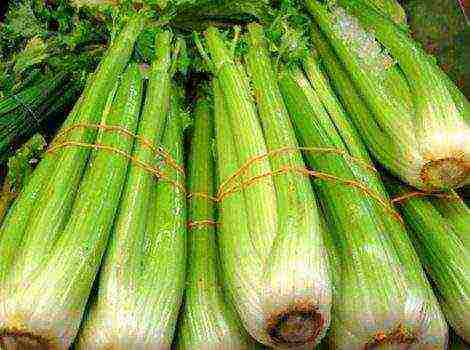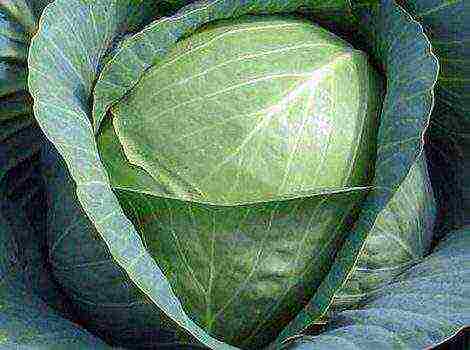Content
- 1 Proper cultivation of Pak Choi Chinese cabbage
- 1.1 Description and characteristics of Pak Choi Chinese cabbage
- 1.2 Advantages and disadvantages
- 1.3 Growing seedlings
- 1.4 Growth conditions for this variety
- 1.5 How to prepare the soil for growing
- 1.6 How to properly plant cabbage in open ground
- 1.7 Care after landing
- 1.8 Diseases and their prevention
- 1.9 Harvesting and storage rules
Proper cultivation of Pak Choi Chinese cabbage
An ancient vegetable crop - Pak Choi cabbage, is rarely found in summer cottages. She is a close relative of Peking cabbage, which has become familiar to us thanks to supermarkets. Outwardly, Pak Choi resembles a salad, it ripens quickly, it is easy to grow it. Traditionally, it is cultivated and used to prepare various dishes in China.
Description and characteristics of Pak Choi Chinese cabbage
During growth, the plant forms an erect rosette of leaves instead of a head of cabbage. Its exact size is determined by the variety. In general, the rosette diameter 30-35 cm, its height from 10 to 50 cm.
Delicate leaves are bluish-green or grayish-green, have dense white petioles, tightly adjacent to each other.

There are several varieties of Pak Choi Chinese cabbage:
- Sheet;
- Pereshkovaya;
- Heady.
It is worth growing in the country leaf view... In addition to vitamin C, chlorophyll, potassium, magnesium and carotene, the leaves and petioles contain lysine. A substance that stimulates the immune system helps the body fight infections and cancer cells.
Fresh leaves are included in salads, they have a slight bitterness and taste very much like arugula. Thick, white petioles are stewed or boiled.
Leafy and petiolate varieties of Russian selection, which you need to pay attention to:
- Martin;
- Swan;
- Alyonushka;
- Peahen.
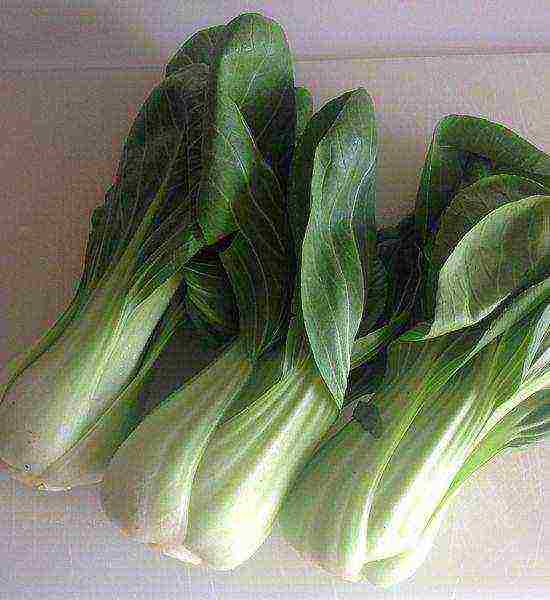
There are also seeds of Japanese selection on sale. These are hybrids, disease resistant and very early maturing:
- Marie;
- Pagoda;
- Express.
Advantages and disadvantages
Fast receipt of products within 30-40 days - a big plus of culture. The advantages include unpretentiousness and the ability to grow in soils of any kind.
When choosing a variety, you need to pay attention to characteristics such as a tendency to flowering and shooting. It is better to acquire resistant non-shooting varieties and hybrids. A plant that has thrown out a peduncle loses its taste and its commercial qualities.
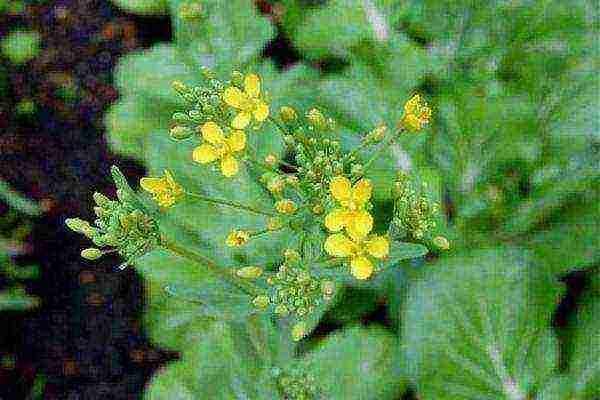
Briefly, the value of a species can be formulated as follows:
- Short vegetative period (no more than 50 days).
- Cold resistance.
- Resistance to pathogens.
Growing seedlings
Gardeners prefer to grow seedlings for quick production. For family consumption of seeds, you do not need to sow much at a time. Better, starting at the end of March, to plant in several stages. Sow in small portions - 10 seeds at a time.
This fractional sowing at weekly intervals guarantees uniform ripening of the cabbage from June to the end of September. Pak Choi does not tolerate transplanting, so sow the seeds in separate small cups.
Soil is needed loose, the seeds germinate faster in it. The sprouts will appear in 5, maximum 7 days. Plant seedlings on a ridge with several leaves and a well-formed root.
Care is reduced to watering, supplementary lighting, maintaining the air temperature in the room 15 to 18 degrees.
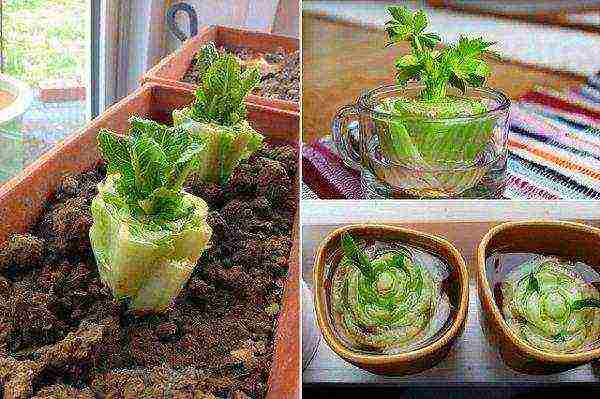
Growth conditions for this variety
The soil on the ridge should be loose, fertile and always moist... So that the cabbage does not get sick, it receives enough nutrients from the soil, do not plant her after the following vegetable crops:
- Radish.
- Turnip.
- Swede.
- Radish.
- Cabbage (all types).
Planted in partial shade Pak Choi has a more delicate flavor but takes longer to mature.
Experienced gardeners consider the most appropriate timing for planting. summer months (July August). Daylight hours are decreasing, cabbage does not shoot. The ridges are released in July. Onions are harvested during this period. Park Choi is dropped in his place.
How to prepare the soil for growing

If the soil is clayey, a bed for cabbage dig up from autumn... Add a bucket of humus, adding superphosphate (1 tbsp. L) and a glass of ash.
If the soil is light loamy or black earth, dig up the earth in spring a week before transplant... In this case, in addition to superphosphate, add urea (1 tsp). The fertilizer rate is given for 1 m².
How to properly plant cabbage in open ground
Their size should correspond to the volume of the earthen lump of seedlings. Place pits in rows with a step equal to 30 cm in a row and leave the same amount between the rows.
Transplant seedlings transshipment method... On the eve of it, water it moderately so that the earthen lump can be easily removed from the glass, and it does not crumble during transplantation. After sticking the cabbage into the hole, you need to sprinkle the roots with earth, compact the earth and pour it with settled water.

Care after landing
Post-planting care is very simple. It consists in periodic watering... You do not need to use chemicals and fertilizers. The soil was filled with organic matter when planting. These nutrients are enough to get full power outlets.
Diseases and their prevention
It is worth fearing cruciferous flea, a known pest of all plants that belong to the cruciferous family. After the seedlings are transplanted to the ridge, you need to take care of it:
- Sprinkle the soil between the plants with ash or paprika to scare off fleas.
- Loosen the ground at least 2 times a week. At the same time, remember that Park Choi's roots are not deep. Loosen only the top layer 3 cm.
Harvesting and storage rules
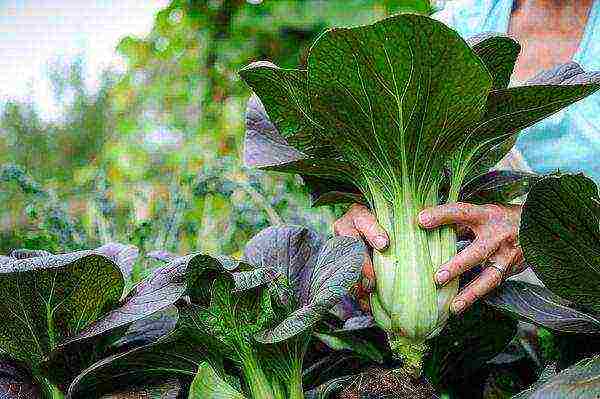
You can harvest cabbage throughout the growing season. The socket needs to be cut off with a knife, departing from the base by 1.5 cm... The culture is not intended for long-term storage. The best option is to consume on the day of cleaning.
In the refrigerator, the crop can be stored within a few days... To do this, the sockets must be disassembled, washed, dried. Separate the leaves from the petioles and store in a plastic bag or plastic container. Store dried petioles separately in an airtight container or bag.
It is easy to master the cultivation of this vegetable crop. There will be an opportunity to include new oriental dishes in your diet. Eating healthy cabbage will have a beneficial effect on your health. Good immunity support in the run-up to winter will not hurt.
